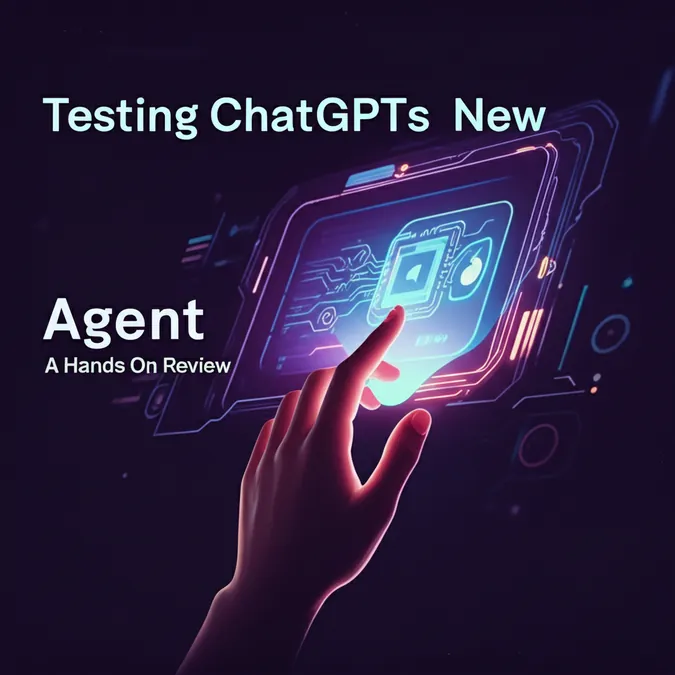AI Takes The Helm ChatGPTs Surprising Space Navigation Skills
The rapid evolution of artificial intelligence is breaking new ground, with its influence now reaching the final frontier: space. In a landmark competition designed to test the piloting capabilities of various AI models, a surprising contender emerged near the top. ChatGPT, a large language model created for conversational tasks, astonishingly secured second place, sparking a wave of discussion across the AI and aerospace industries. This unexpected result prompts a closer look at the competition itself and the profound implications of using AI for autonomous space navigation.
A New Frontier for AI in Space
The integration of AI into space exploration has been gaining momentum, and the Kerbal Space Program Differential Game Challenge stands at the forefront of this movement. Inspired by the popular physics-based video game, this challenge provides a highly realistic simulation for researchers to test and refine autonomous systems. Participants face complex scenarios, including satellite interception, pursuit missions, and critical evasive maneuvers. The core goal is to assess how effectively AI can manage a spacecraft under conditions that mirror the challenges of actual space missions. This competition is significant because it accelerates the evaluation of AI models, offering a compressed yet insightful alternative to the lengthy training and refinement cycles typical of traditional autonomous system development. The insights gained are invaluable for understanding the current capabilities and limitations of AI pilots.
ChatGPT's Unexpected Leap into Space Piloting
ChatGPT's performance was the standout story of the challenge. Unlike its competitors, which were purpose-built for navigation, ChatGPT is a language model trained on a massive dataset of human text. Its strength lies in understanding context and generating coherent, human-like responses. The researchers ingeniously capitalized on this adaptability. They created a translation layer that converted the spacecraft's status and mission objectives into plain text prompts. ChatGPT would then interpret this information and provide navigational advice in text form, which was subsequently translated back into executable commands for the simulated vehicle. This unconventional method proved remarkably successful. Through a refined process of prompting and feedback, ChatGPT demonstrated a clear ability to analyze complex situations and recommend effective maneuvers. Its second-place finish not only defied expectations but also showcased the untapped potential of language models in highly specialized, non-text-based fields, a development that echoes advancements in robotic construction for off-world solar farms and data centers.
Charting the Course for AI in Future Missions
The success of a language model in a piloting task opens up fascinating possibilities for the future of space exploration. It suggests that AI could assume a much larger role in navigating spacecraft, potentially leading to missions with greater automation, reduced reliance on constant human input, and enhanced overall efficiency. This is particularly relevant as missions become longer and more complex, similar to how SpaceX is returning cutting-edge robotic technology from orbit to push the boundaries of what's possible. However, this progress also demands caution. It's crucial to remember that ChatGPT was outperformed by a model grounded in precise mathematical equations. This result highlights the ongoing need for rigorous research and development to guarantee that any AI system used in critical space applications is not just capable, but also exceptionally reliable and safe.
The Future of Human-AI Collaboration in Orbit
The use of AI in space is a key part of a wider trend toward deeper collaboration between humans and intelligent machines. As these technologies mature, they offer powerful tools to augment human skills and streamline decision-making. In a space mission context, an AI could serve as an invaluable copilot, helping astronauts navigate treacherous environments, manage resources optimally, and react swiftly to unexpected events. Yet, this new paradigm requires careful thought about the ethical and practical balance between AI autonomy and human oversight. Ensuring the safety and success of future missions will depend on getting this balance right. As we venture further into this new era, the central question remains: how will we leverage this powerful technology to redefine the future of humanity's journey into space, a quest as fundamental as scientists recreating the first moments of the universe?


